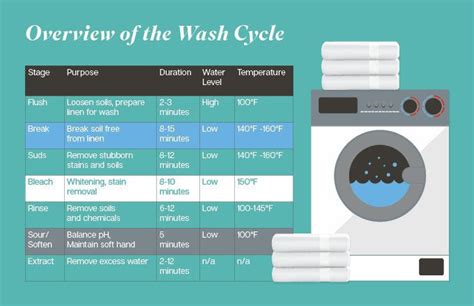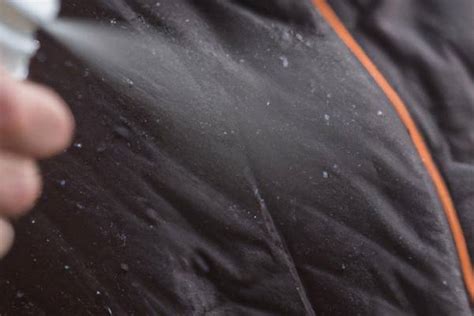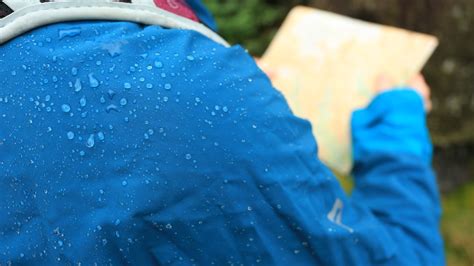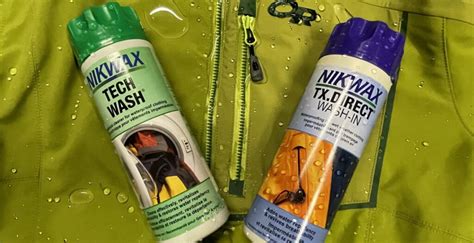Reviving Your Old Rain Jacket’s DWR
There’s nothing quite like the feeling of a reliable rain jacket keeping you dry in a downpour. But over time, even the best waterproof-breathable gear loses its edge. The culprit? A degraded Durable Water Repellent (DWR) coating. When water stops beading up and starts soaking into the fabric, it’s a clear sign your jacket needs some TLC. Fortunately, re-waterproofing your old rain jacket is a straightforward and effective process, ensuring it performs like new.

Understanding DWR and Why It Fails
DWR is a polymer coating applied to the outermost fabric of waterproof jackets. Its primary job is to make water bead up and roll off, preventing the face fabric from becoming saturated (a phenomenon known as ‘wetting out’). This allows the jacket’s waterproof membrane (like Gore-Tex or eVent) to breathe effectively. However, dirt, body oils, campfire smoke, abrasions, and even repeated washing with regular detergents can break down the DWR, reducing its effectiveness.
The Critical First Step: Thorough Cleaning
Before applying any new DWR treatment, cleaning your jacket is paramount. A dirty jacket won’t allow the new DWR to bond properly to the fabric fibers. Forget your regular laundry detergent; its residues can actually inhibit DWR. Instead, opt for a technical wash designed for waterproof breathable fabrics. These cleaners remove dirt and oils without leaving residues that can compromise the fabric’s performance.
Follow these steps for cleaning:
- Zip all zippers, close all flaps and fasteners.
- Wash on a gentle cycle with cold or warm water.
- Use the recommended amount of technical wash.
- Run an extra rinse cycle to ensure all soap residue is gone.

Choosing the Right DWR Treatment
DWR treatments typically come in two main forms: wash-in and spray-on.
- Wash-in treatments: These are added to your washing machine during a wash cycle. They treat the entire garment, inside and out. While convenient, they can also treat the inner lining, potentially reducing breathability for some fabrics.
- Spray-on treatments: Applied directly to the jacket’s exterior, these allow for more targeted application. They are generally preferred for jackets with waterproof-breathable membranes, as they avoid treating the inner lining and compromising breathability.
Consider the type of jacket and its membrane when making your choice. Most experts recommend spray-on treatments for best results on membrane-based jackets.
Application Methods for Effective Re-waterproofing
For Spray-On Treatments:
- Hang your freshly cleaned, damp jacket on a hanger.
- Spray the DWR evenly onto the exterior fabric, ensuring full coverage, especially on high-wear areas like shoulders and elbows.
- Wipe off any excess or drips with a clean cloth to prevent staining.

For Wash-In Treatments:
- Place your clean jacket into the washing machine.
- Add the recommended amount of wash-in DWR treatment to the detergent dispenser.
- Run a gentle cycle (often a ‘synthetic’ or ‘delicate’ cycle) with cold or warm water.
Activating and Curing the DWR
Most DWR treatments require heat to bond effectively to the fabric fibers. This is a crucial step for achieving durable water repellency. Check the product’s instructions, but generally, you can tumble dry your jacket on a low heat setting. If your jacket cannot be tumble dried, a warm iron (on a low setting with a towel placed between the iron and the fabric) or even a hairdryer can be used carefully to activate the DWR.

Maintaining Your Newly Waterproofed Jacket
Once re-treated, your jacket should repel water like new. To maintain its effectiveness:
- Wash it regularly with technical washes to prevent dirt and oils from building up.
- Avoid fabric softeners and bleach at all costs.
- Store your jacket properly, avoiding prolonged compression.
- Reapply DWR as needed, typically once or twice a year depending on use.
By following these steps, you can significantly extend the life and performance of your favorite rain jacket, ensuring you stay dry and comfortable on all your outdoor adventures. Don’t let a worn-out DWR send your trusty gear to the landfill; give it a new lease on life!





